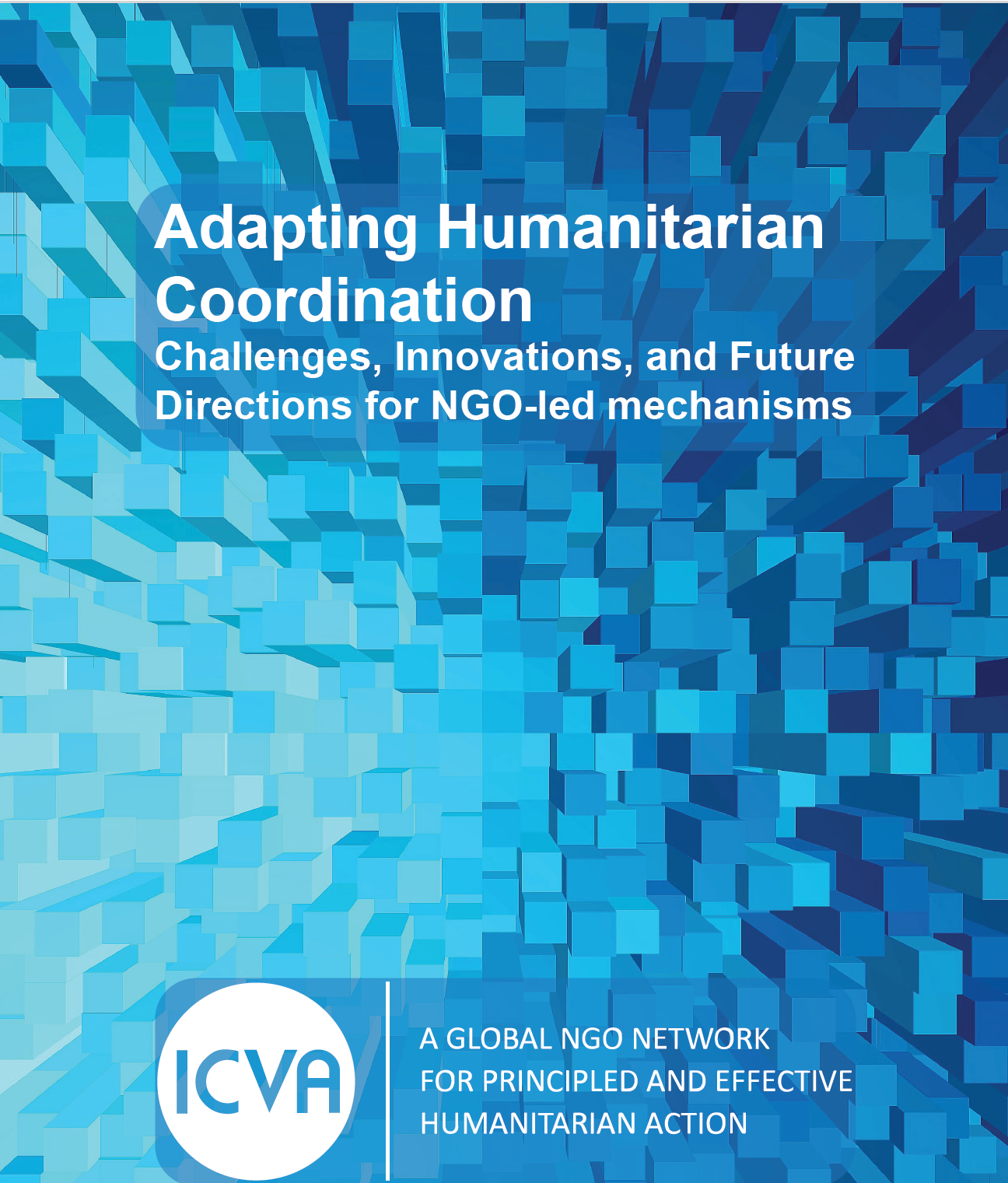Adapting Humanitarian Coordination – Challenges, Innovations, and Future Directions for NGO-led Mechanisms

The world is increasingly entering a period where conflict and climate related humanitarian emergencies are becoming both more frequent and more intense. Since the formalisation of the global humanitarian ‘system’ and the creation of the Interagency Standing Committee (IASC) structures in the early 1990s, there has also been an increasing and well documented shift towards a more multi-polar international order with far more complex geo-politics. This has come with increasing risks to several established international norms in recent years, with humanitarian principles and respect for international humanitarian law being more overtly threatened.
To continue to deliver principled assistance under these circumstances, international and national civil society, along with multi-lateral institutions, have increasingly been implementing or considering alternative humanitarian coordination and response models, to varying degrees of success. This has included assistance being coordinated more directly by International NGO (INGO) and National NGO (NNGO) networks, and community-led coordination structures.
Although often developed as ‘work arounds’ to the barriers facing the system, they may also present opportunities for enhancing abilities to deliver principled humanitarian assistance in complex settings in manners that are more contextual, locally owned and accountable. It is critical that there is reflection at both response and global levels on what has and has not worked to date in such settings and how civil society actors at all levels can support such a continuation of principled aid modalities. This research offers some analysis drawing from four specific contexts and their implications for global and response level humanitarian coordination.
Click on the below links to:
- Read the Report






